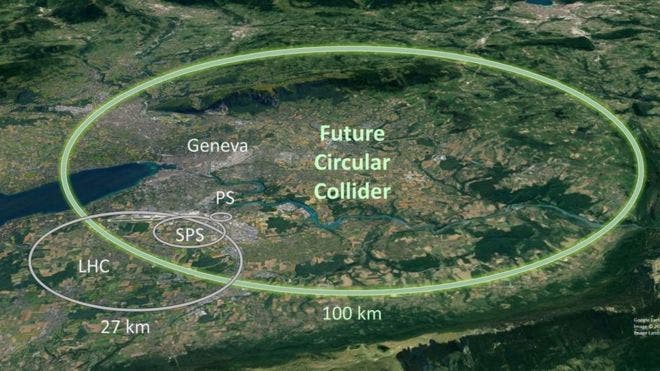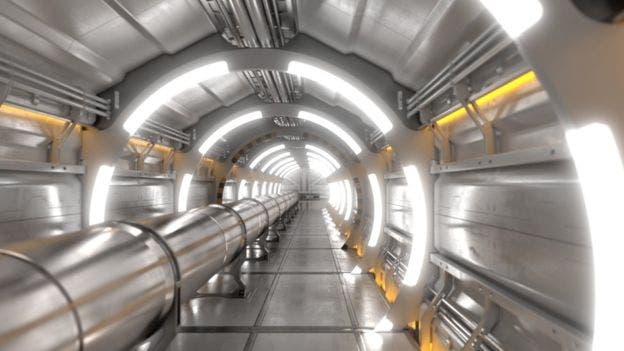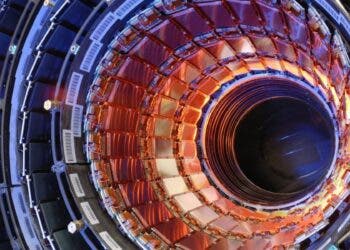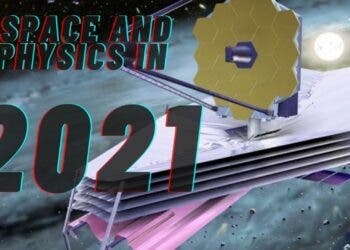
The Large Hadron Collider (LHC) is, at present, the largest scientific instrument in the world. One hundred meters underground, beneath the border between France and Switzerland, the LHC uses intense magnetic fields generated by superconductivity to accelerate hadrons (i.e. protons) in a circular path 27 kilometers (17 miles) in circumference. The European Organization for Nuclear Research, also known as CERN, has now announced plans for an even bigger particle accelerator — a 100 kilometers (62 miles) circular tunnel set to dwarf the LHC.
The concept for the proposed ‘Future Circular Collider’ appeared in a CERN report released on Tuesday. According to the document, the €20bn mega-science project will ultimately be able to accelerate protons and slam them together with 100 teraelectronvolts of energy, or nearly 10 times that of the Large Hadron Collider.
However, this might not happen until 2050. Until then, the FCC will be built and operated in stages, slowly ramping up its energy. At first, CERN scientists say that the FCC will only collide electrons and positrons (their antimatter counterparts), and slowly progress towards electron collisions with much heavier nuclei of lead atoms.
“It shows the tremendous potential of the FCC to improve our knowledge of fundamental physics and to advance many technologies with a broad impact on society,” said Prof. Fabiola Gianotti, CERN’s Director-General.

The stupendous energy involved in these collisions will enable scientists to study the Higgs boson with more precision but also generate new particles predicted by the Standard Model of physics. The Higgs is the particle which gives other particles their mass, making it both centrally important and seemingly magical. Its existence was predicted by British physicist Peter Higgs in 1964 and was not discovered until 2012. The following year, Peter Higgs was awarded the much deserved Nobel Prize in Physics.
The FCC should also lead to the discovery of completely new particles that aren’t included yet in the Standard Model. This is our best model that explains the inner workings of the physical world — but it’s far from perfect. For instance, galaxies are spinning faster than the Standard Model predicts, the Universe’s expansion is accelerating rather than slowing down — and, to top it all off, the Standard Model doesn’t even include gravity.
The ambitious conceptual design will be submitted for consideration for the upcoming 2020 European strategy for particle physics. Financing such a behemoth science project won’t be easy, though. In 1993, the United States canceled the Superconducting Super Collider, which was designed to be a bit smaller than the FCC. Last year, Japan put its $7bn Linear Collider on hold because a committee concluded the costs were running too high. FCC’s fate will depend on a complex cost-benefit analysis which will have to determine to what extent such a massive undertaking will benefit humanity.






